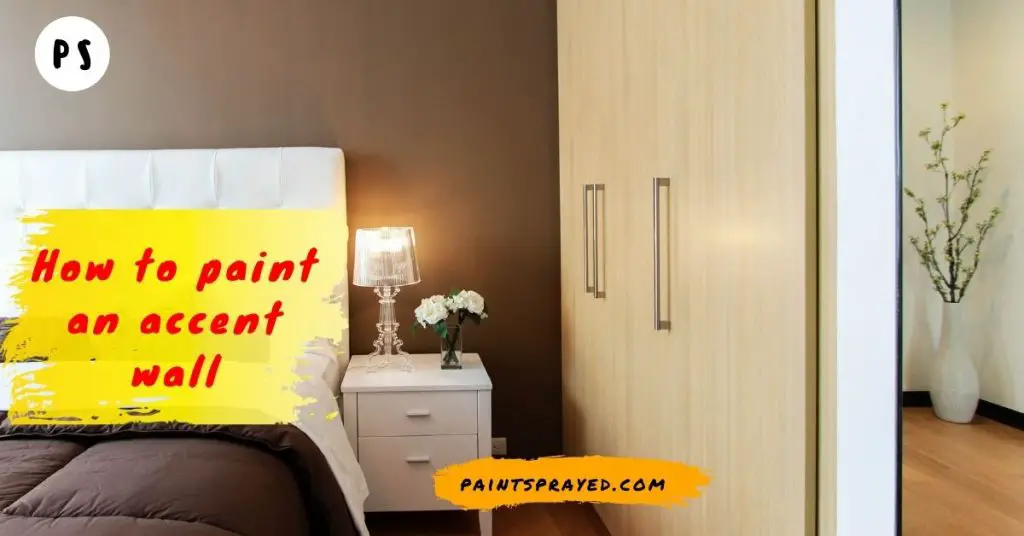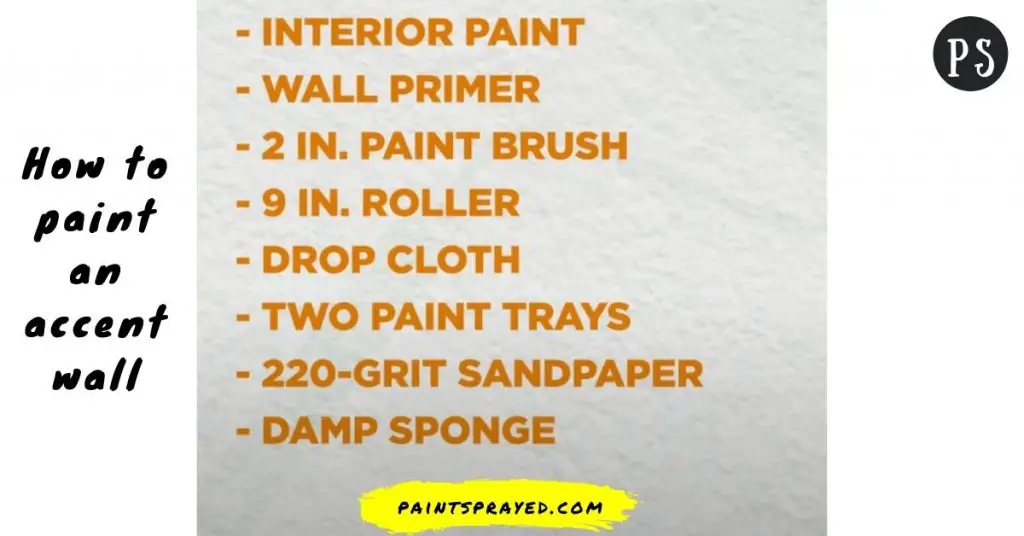The design has changed and prescriptive (and dated) 90s advice doesn’t hold as much sway anymore. The standard rules are just that – the standard rules.
So, when choosing an accent wall in your home today, almost anything is a game. Do you want a mirror effect to create an illusion of space?
Go for it. Maybe a ceiling a shade darker than the walls will look good? That’s also okay. Personal taste is subjective after all.
Sure, you can buy a mural at the store. But if you consider yourself the artsy type, or are perhaps looking to add some personalized flair.
Then there’s nothing worse than settling for something that looks like it came out of a cookie-cutter.
While we can’t replicate the beautiful scenes from your visits to exotic locations, we definitely don’t encourage printing photos on fabric and then tacking them up in lieu of actual artwork.
There is another solution out there for those who are willing to get creative with their decorating plans.
Well, what exactly is an ancient wall? Some of you guys might know about it and some might not.
So, in order to let you guys know about it. I am gonna explain it to you guys so that you peeps don’t get confused.
How to paint an accent wall?
What is an Accent Wall?
An accent wall is a wall in a room that has a unique color or pattern. This wall is used to draw attention to a specific area of a room.
Accent walls are a great way to add interest to a room and make it stand out.
They can be used to complement the color on the other walls, or they can contrast with them. Accent walls can be done in any room of the house.
Accent walls were all the rage in the nineties and early noughties. But much like parachute pants, lace-up boots, and tech stocks, they have become quite dated since then.
However, accent walls are making a comeback along with color-blocking schemes that involve using opposing colors on one wall for a really unique look.

Some Rules that the industry has mentioned commonly
Designers propose the idea that your accent wall should be the first thing a guest sees when they enter a room.
Because if there is one takeaway point you want to make sure guests remember, it’s an accent wall.
This way they will always be noticed, especially if they are a part of the most effective design decisions in your home.
If you’re trying to figure out how to choose an accent wall, you should pay attention to its level of symmetry.
You want your feature wall to be equally divided in a way that creates a balance between the elements in the room such as furniture.
Avoid walls with too much variation like having windows of different sizes or a slope; these make the feature wall look more cluttered and unorganized.
Making a room feel more welcoming can be easy as long as you know what details to pay attention to.
If that room has a high ceiling, perhaps consider wall paint a darker color than the walls themselves and vice versa for lower ceilings.
You can use this technique in your dining room or living room to create the right ambiance.
When decorating a room, it’s helpful to adhere to the 60-30-10 rule. It means that the main piece of furniture can take up to 60% of the wall space in the room.
The secondary object should take up 30% of the wall space, and finally, 10% is reserved for accent items such as vases or small figurines on existing furniture.
Choosing the best color for your wall
To choose the right accent wall color, you can really be as adventurous as you like. The best way to think of your main room’s palette is to picture it like a blank canvas.
You might want to consider what color would complement your focal point, for example, if you have a predominantly white room with a picture of bright yellow sunflowers.
Consider choosing a fresh lemon or green color to compliment this focal point.
Or if you’d like to display your vibrancy and joie de vivre, choose a bold, delicious orange tone!
When choosing an accent wall, don’t forget to live with it for a bit before making your final choice.
While you may love the idea of painting a wall red, for example, if your preferred paint color also clashes horribly with other elements in the room.
Such as your desk or bed frame then this isn’t the best solution (unless it’s too late and you have already painted it)!
Here are some tools I suggest you use

Once you’ve decided on the color scheme and the wall you want to accent, it’s time to pick the right tools for the job! of course, these depend on the medium you’ll use to make your feature wall.
You can get wall stickers like these, or you can use heat transfer vinyl or paint.
The good thing with the stickers is that you don’t need to step up onto a tall ladder if you want something above eye level.
Of course, sticking a giant sticker on your wall is easier than painting the whole thing. However, if you want a solid-colored mural instead of just one giant design.
I personally suggest you use a paint sprayer for this job to be done. This tip is for newbies and for professionals also.
Home decor enthusiasts should go with Wagner sprayers which can be helpful for those people who are comfortable with small and handy sprayers.
If you want to make a good impression at least from the point of view of your office’s visual appearance, there’s nothing better than accent walls.
Of course, it helps if it comes with the right tools – and what could be more fitting in this case than paint sprayers?
As they say, “the devil lies in the details” so if you want flawless results when decorating your office with an accent wall, getting one professionally done would be recommended.
What are the rules for painting an accent wall?
When painting an accent wall, there are a few general guidelines to follow:
- Choose a wall that is most visible and prominent in the room. This is often a wall that is direct across from the room’s entrance.
- Choose a color that complements the other colors in the room. A good rule of thumb is to use a color from the existing color scheme but in a different shade or intensity.
- Consider the size of the room. In smaller rooms, a lighter color can make the space feel larger, while a darker color can make a large room feel more intimate.
- Use high-quality paint and primer to ensure the best possible finish.
- If you want to make the accent wall a focal point, you can add a decorative element like a gallery wall, a large piece of art, or a bookshelf.
- If you want to make the accent wall blend in with the other walls, use the same paint color and finish as the other walls.
Overall, the most important thing is to experiment with different colors and designs until you find the one that makes you happy.
Which wall should be an accent wall?
An accent wall is a wall in a room that is painted or decorated differently from the other walls, typically as a way to add visual interest or highlight a particular feature of the room.
The best wall to use as an accent wall depends on the layout of the room and the desired effect.
A common choice is to use the wall behind the head of a bed or a fireplace as an accent wall, as it can create a sense of drama or a focal point.
Other factors to consider include the size and shape of the room, the amount of natural light, and the overall style or theme of the decor.
Ultimately, the decision of which wall to use as an accent wall is a matter of personal preference and style.
Do you paint an accent wall first?
It is not necessary to paint an accent wall first before painting the rest of the room.
The order in which you paint the walls in a room can depend on various factors such as your personal preference, the layout of the room, and the type of paint you are using.
Some people prefer to paint the accent wall first so that they can match the other walls to the accent wall’s color.
Others prefer to paint the entire room first, and then paint the accent wall as the final step.
If you’re using a paint sprayer, it’s best to paint the accent wall first, as it’s easier to mask off the accent wall and paint the rest of the room without getting paint on the accent wall.
If you’re using a roller or brush, it’s less of an issue, as you can touch up any paint that may have gotten on the accent wall.
Ultimately, the order in which you paint the walls is up to you and what you think will work best for your specific project.
How do you prepare an accent wall for painting?
Preparing an accent wall for painting involves several steps:
- Clean the wall: Start by cleaning the wall to remove any dirt, dust, or cobwebs. Use a mild detergent and warm water to wash the wall, and then rinse it with clean water and allow it to dry completely.
- Remove any existing paint or wallpaper: If the wall has existing paint or wallpaper on it, you’ll need to remove it before you can paint. Use a paint scraper, putty knife, or steamer to remove the existing finish. If the wall has a glossy finish, use a deglosser to remove the shine.
- Repair any damage: Fill in any cracks, holes, or dents in the wall with a joint compound. Allow the compound to dry completely before sanding it smooth.
- Sand the wall: Sand the wall to create a smooth surface for the new paint to adhere to. Use fine-grit sandpaper and sand the entire wall, paying special attention to areas that were repaired.
- Apply a primer: Apply a primer to the wall to help the new paint adhere better. Use a paint roller or paintbrush to apply the primer, and allow it to dry completely before painting.
- Mask off the trim: Use painter’s tape to mask off the trim and any other areas that you do not want to paint.
- Apply paint: Use a paint roller or paintbrush to apply the paint to the accent wall. Allow the paint to dry completely before removing the masking tape and adding any additional coats if necessary.
By following these steps, you’ll ensure that the accent wall is properly prepared for painting, resulting in a smooth and even finish.
FAQ’s of How to paint an accent wall
Conclusion on How to paint an accent wall
I hope you enjoyed this blog post about how to paint an accent wall in your home. If you have any questions or comments, please leave them below and I’ll respond as soon as I can.
Be sure to check out our other interior decorating blog posts, I have a lot of good information on the site which I hope can help you out in some way or the other.
See you guys again with some other informational posts about my experience. Happy painting folks!

Matthew Edward is a professional painter who loves to paint and wants to share useful tips and tricks which he had learned in many years of experience in painting. He also used many products that can be used for painting he has tried and tested each and every product to give an unbias opinion about it in his review. This blog is very useful for those newbies who want to learn painting without making mistakes.






